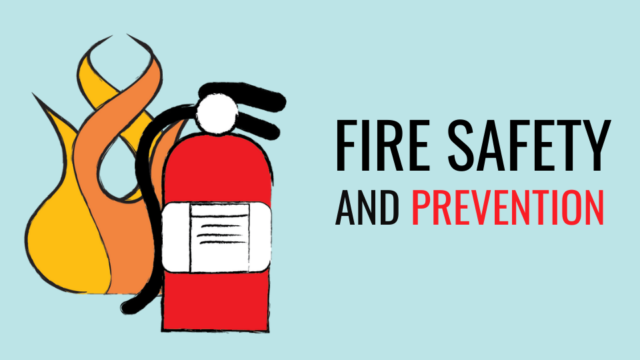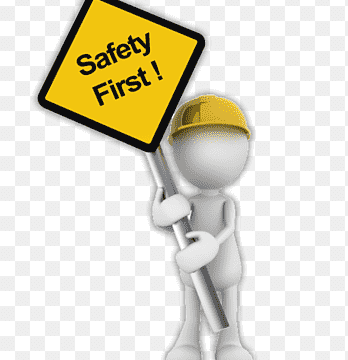Popular
HIRARC (Hazard Identification, Risk Assessment, and Risk Control)
Description
Course Outline: HIRARC (Hazard Identification, Risk Assessment, and Risk Control)
Duration: 2 Days
Course Objectives
- To provide participants with a thorough understanding of HIRARC principles and practices.
- To enable participants to identify workplace hazards systematically.
- To teach participants how to assess and prioritize risks using appropriate tools and techniques.
- To equip participants with knowledge of effective risk control measures.
- To foster a culture of proactive risk management in the workplace.
Learning Outcomes
By the end of this course, participants will be able to:
- Define and explain the concepts of hazard identification, risk assessment, and risk control.
- Identify and categorize workplace hazards across various industries.
- Perform risk assessments using qualitative and quantitative methods.
- Develop and implement risk control strategies effectively.
- Integrate HIRARC into workplace safety management systems.
Learning Outputs
Participants will:
- Complete a HIRARC assessment for a specific workplace scenario.
- Produce a risk register and action plan for identified hazards.
- Demonstrate proficiency in using risk assessment tools and techniques.
- Develop a workplace-specific hazard control hierarchy.
Day 1: Understanding HIRARC Principles and Hazard Identification
Session 1: Introduction to HIRARC
- Overview of HIRARC and its importance in occupational safety.
- Legal requirements and standards related to HIRARC (e.g., OSHA, ISO 45001).
- Roles and responsibilities in the HIRARC process.
Session 2: Hazard Identification
- Types of hazards: physical, chemical, biological, ergonomic, and psychosocial.
- Systematic methods for identifying hazards (e.g., checklists, workplace observation).
- Documenting and reporting hazards effectively.
Session 3: Practical Hazard Identification
- Group exercise: Identifying hazards in case studies or real-world scenarios.
- Sharing and discussion of findings.
Day 2: Risk Assessment and Risk Control
Session 1: Conducting Risk Assessment
- The risk assessment process: likelihood, severity, and risk matrix.
- Tools for assessing risks (e.g., Job Safety Analysis, HAZOP).
- Prioritizing risks and understanding risk acceptability levels.
Session 2: Risk Control Measures
- The hierarchy of controls: elimination, substitution, engineering, administrative, and PPE.
- Selecting effective and feasible control measures.
- Monitoring and reviewing control measures for effectiveness.
Session 3: Practical Application of HIRARC
- Case study: Conducting a full HIRARC assessment.
- Developing a risk register and control plan.
Closing Session:
- Group presentation of findings and control strategies.
- Recap of key concepts and Q&A.
- Course evaluation and feedback.
Location
Malaysia
Review
Write a ReviewThere are no reviews yet.


















